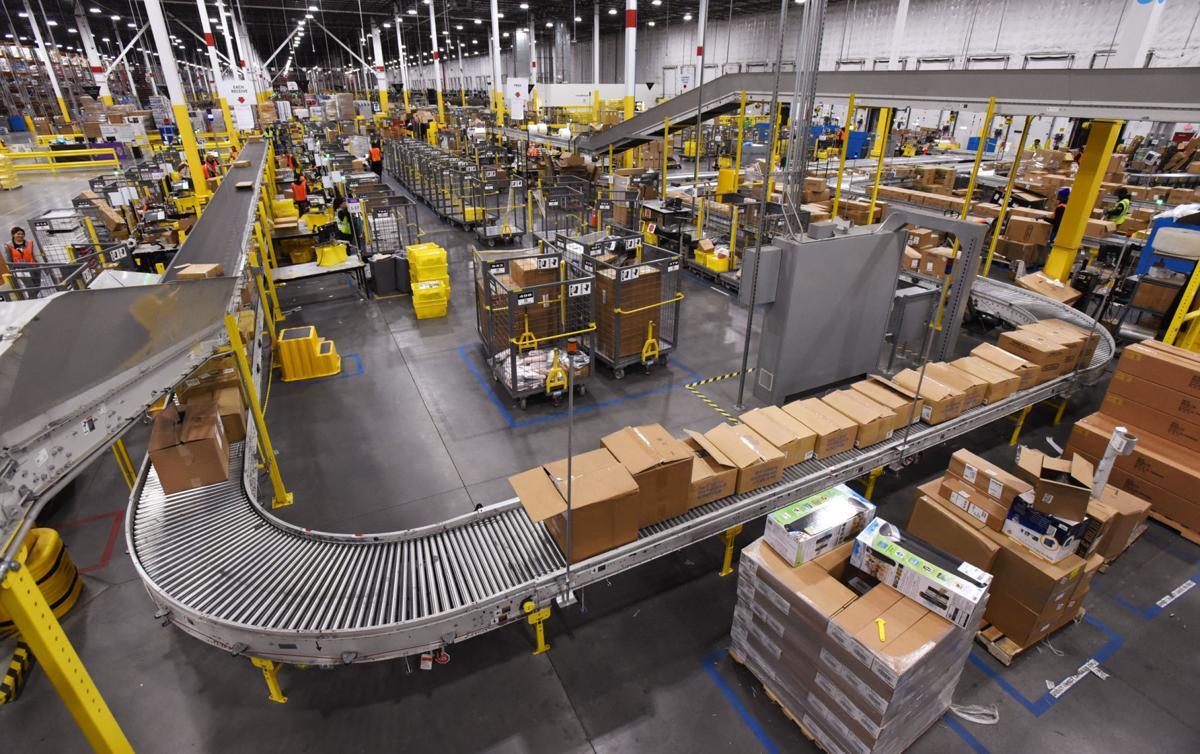Notable Trends in Fulfilment Centre Operations for 2024

As we approach 2024, the realm of fulfilment centre services is changing at an unprecedented pace. Companies across the globe are acknowledging the essential role that streamlined fulfilment holds in their overall logistics strategy. With the rise of digital commerce and the rising demand for fast delivery times, fulfilment centres are adjusting to meet these demands, offering creative solutions that boost customer experience and increase operational performance.
This year, we will witness several key trends influencing the prospects of fulfilment centre services. From innovative technology adoptions to green practices, the industry is evolving more adaptive and agile. Companies are investing in automated systems and data insights to optimize operations, while also valuing environmentally friendly practices to attract to the growing conscious buyer. Understanding these trends is essential for organizations trying to maintain a competitive edge in a quickly shifting marketplace.
Tech Advancements in Fulfilment Centres
In the coming year, technological advancements are set to transform fulfilment centre operations significantly. Robotic automation continues to lead the charge, with advanced robotics playing a key role in enhancing efficiency and lowering labour costs. These robots are not just restricted to picking and packing tasks; they are also being integrated into stock control systems, enabling real-time tracking of goods. This level of robotics helps fulfilment centres respond more quickly to changing demands while reducing human error.
AI is yet another major trend shaping fulfilment centre services. By leveraging AI, centres can enhance their predictive analytics capabilities, allowing businesses to predict demand with greater accuracy. This data-driven approach facilitates better inventory management, as centres can dynamically adjust stock levels based on forecasts. Additionally, AI algorithms are facilitating smarter routing of orders, ensuring quicker processing times and improved delivery efficiency.
Moreover, the incorporation of Internet of Things technology is revolutionizing how fulfilment centres operate. IoT devices provide continuous monitoring of equipment and conditions within warehouses, leading to better maintenance and less downtime. This interconnectedness allows for smoother communication across different elements of the fulfilment process, from WM systems to logistics providers. As these technologies develop, fulfilment centres are likely to become increasingly agile, capable of adapting swiftly to market changes and consumer expectations.
Sustainability Methods in Fulfilment Solutions
As environmental concerns continue to rise, order processing centres are increasingly adopting sustainable measures to reduce their greenhouse gas footprint. This includes enhancing logistics and delivery methods to reduce emissions. Companies are investing in battery-powered delivery transportation and investigating alternative delivery modes, such as bicycle couriers for urban areas, to bolster their eco-friendly efforts. Additionally, the implementation of route planning software helps in lowering fuel consumption and boosting delivery efficiency.
Eco-friendly wrapping is another crucial focus for order processing centres. Many companies are moving towards biodegradable, recycled, or reusable packaging solutions to reduce waste. By providing customers the choice to choose eco-friendly packaging, fulfilment centres can considerably lower their ecological impact. This not only satisfies consumer demand for sustainable choices but also syncs with corporate social responsibility goals that many businesses are working to attain.
In addition, power efficiency in order processing centres is becoming a focus. Spending in sustainable energy sources, such as photovoltaic panels, are on the rise. Fulfilment centres are also adopting energy-efficient solutions, including light-emitting diode lighting and smart building systems that enhance energy usage. By focusing on sustainable energy and energy efficiency, these centres are making an impact to a greener supply chain and setting a benchmark for sustainability in supply chain management and order processing operations.

Evolving Customer Expectations and Their Impact
Nowadays, consumers are steadily guided by a demand for quickness and convenience, influencing the landscape of fulfillment centre operations. With the rise of instant shipping systems, clients anticipate their orders to be handled and shipped within days, not days. This transition compels that fulfilment centres utilize innovative tech and optimized procedures to stay up with consumer needs. As a result, spending in automation, live inventory management, and information analytics are evolving norm practices to meet these heightened demands.
In addition to speed, customers are putting a higher importance on personalization. They look for bespoke experiences, from product recommendations to wrapper that shows their unique preferences. Fulfilment centres are addressing by harnessing customer information to optimize purchase fulfillment and offer personalized offerings. This custom strategy not only improves user contentment but also strengthens brand loyalty, making it essential for fulfillment centres to incorporate sophisticated analytics into their operations.
Sustainability is also a key factor shaping customer buying decisions. More shoppers are favoring green practices and are disposed to back brands that show a commitment to mitigating their ecological footprint. Fulfilment centers are recognizing this movement and are more and more implementing environmentally friendly strategies, such as sustainable packaging and energy-efficient processes. By matching their services with the values of eco-conscious conscious shoppers, fulfillment centres can boost their market edge in the market.
